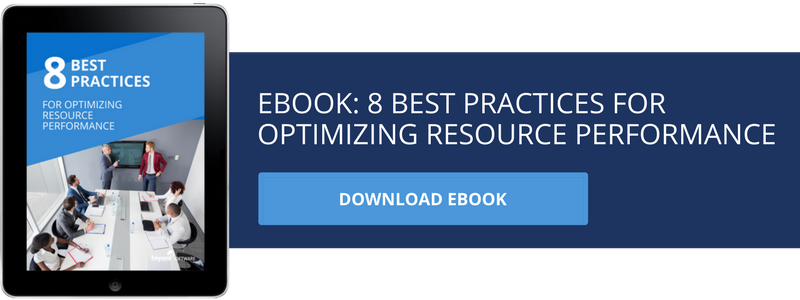Many industries operate by performing individual projects or a series of projects over time, rather than engaging in continuous operations. Whether those projects result in increased revenues or decreased goodwill often depends on how well they are managed from their beginning to their end. Companies that use dedicated project accounting software can improve their functionality as well as their profitability by tracking project details every step of the way through the anticipated project lifecycle.
Defining the "Project Lifecycle"
From the "Aha!" moment to the issuance of the final check, every project moves through a similar cycle from beginning to end. Some are much more complex than others, while others are a simple few-step process through to completion. However large or small its size, each project follows identifiable steps that guide its progress from an idea to a completed product:
Idea and Initiation
A "project" is born when there is a determination to transform an idea into a reality, and that's when the hard work begins. Project accounting software helps to reduce both confusion and costly errors when utilized right from the beginning of the initiation phase:
Many projects benefit from a feasibility phase to determine the factors that will help or hinder progress. The data gathered during this phase impact any or all of the "Big Three" project considerations: participants, scheduling, and budget. Those factors with a budget impact (which is often all factors) can be immediately loaded into the software to serve a variety of needs: to keep them accessible when needed; as references for future decisions, and as benchmarks against which to measure actual costs further along in the project's lifecycle.
As the initiation stage moves towards the planning stage, financial data already captured becomes directly relevant to determining the fixed budget and all the incremental elements that go into that structure.
Planning
While the planning phase is often foreshortened or overlooked, in many ways it is the most crucial step towards a successful project. The planning phase begins by dividing the project into a working structure that identifies who's going to what, and when, and for how much. The larger the project, the more complicated the work structure will be, and, accordingly, the more important accurate accounting becomes.
Larger projects often break down into a series of smaller, interrelated projects, each of which is dependent on the others to succeed. Consequently, planning each separate project with the goals of the larger project in mind is critical to account for every detail in all related projects. Keeping track of those details becomes increasingly complex without a dedicated tool to monitor each of those project activities. Project accounting software is designed to address this complexity by encompassing the small project plans and details into the larger, overarching project plan, and linking their performance to each other throughout the life of the project.
Execution
Project accounting software becomes increasingly crucial as the project begins production. Assuming that management has entered planning data, the software provides the initial benchmark from which to measure project progress, and those measurements are often the harbingers of concerns:
- Scheduling Concerns
Any project aspect that veers off schedule puts the entire project at risk of delays and cost overruns. Late deliveries, absent workers, or unexpected contract disputes all have an economic impact on the project as a whole. Having alerts to those concerns gives management the opportunity to address and resolve them as quickly as possible to minimize their economic impact.
- Cost Concerns
Every cost begins as an estimate, and often, estimates fail to account for every possible contingency. However, contingencies happen. When cost overruns are evident, management can quickly make changes to reduce excess spending by replacing those factors with compatible options. Large projects, however, because of their complexity and the number of workers and parts that go into them, can experience significant cost overruns and challenges without management's knowledge. When those financial leaks continue over time, they can cause the failure of the project as a whole.
Project accounting software prevents unknown cost overruns and excess expenses from avoiding leadership detection by feeding that data directly into the consoles of project managers as they occur. The programming keeps leaders apprised of both activities and overages so they can intervene and redirect resources as necessary.
Closeout
The ultimate test of the failure or success of every project occurs the day it is scheduled to close. If workers are still on the job, or if the final accounting reveals that costs went over the budgeted amounts, then, by its own standards, the project has failed. Accordingly, many project managers include a fifth stage in their projects lifecycle: the performance and control phase.
Performance and Control
Many project professionals believe that this "phase" of the project lifecycle actually overlays the entire project from start to finish. For them, estimating, tracking, and recording the performance of all project elements, and making appropriate changes to control outputs and outcomes when the project's reality detours from its plan, usually mean that they are prepared to closeout their project on its scheduled date and for its budgeted amount. Those that use software to accomplish those goals are most often the project professionals most capable of properly managing any size project through all aspects of its anticipated lifecycle.
For additional information on Beyond Software please contact:
Nicole Holliday
nholliday@beyondsoftware.com
866-510-7839




